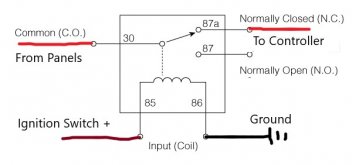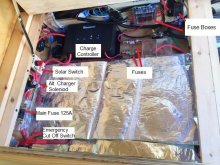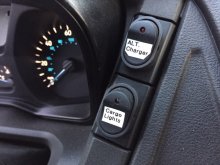I ordered one of these to go in a Toyota Coaster bus I'm going to be converting.
After ordering it occurred to me the bus is probably wired as a 24v system (unconfirmed at this point)
I emailed Renogy and asked if I could use a 24v to 12v transformer between the 24v starter batteries / alternator and the unit so the alternator power is within the limits of the Renogy spec.
They said "Yes the 24v to 12v transformer can be connected between the starter battery and this charger, please make sure the wiring is correct, thank you!"
Can anyone advise what kind of 24v to 12v transformer would be suitable here? I thought something like this:
https://www.ebay.com.au/itm/NEW-DAY...P-DOWN-DC-DC-CONVERTER-INVERTER-/174203892335
But I'm a bit confused, surely this wouldn't trickle charge the starter batteries because the 24v to 12v process is only one way?
COMPLETELY new to all of this, so excuse the really dumb questions






